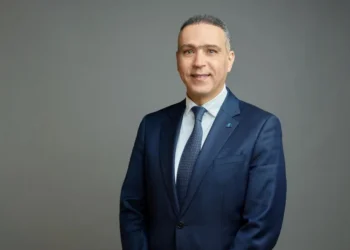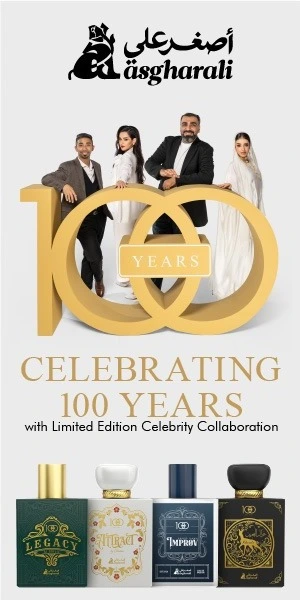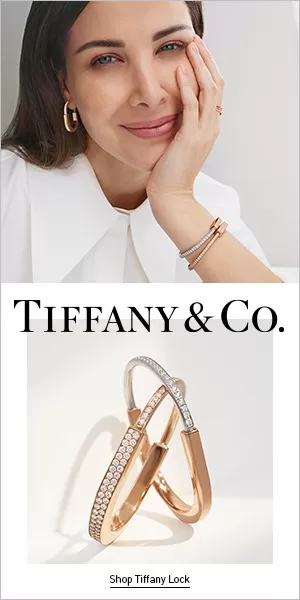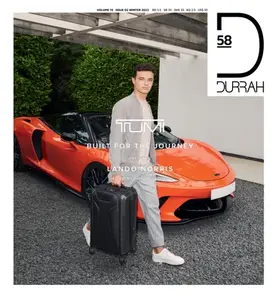How does Hublot strategically approach the Middle East, Africa, and Latin America markets, given their diverse cultures and economic landscapes?
Our approach to each region is entirely distinct, reflecting their unique cultures and market dynamics. For instance, the Middle East leans towards the Classic Fusion collection, while Latin America is more drawn to the Big Bang line. Our strategies, both in communication and marketing, are tailored to each market’s preferences. Take Mexico, for example. Our bestseller there is the Square Bang Unico, a model that is just beginning to gain traction in the Middle East. In Latin America, the Square Bang is booming, but it’s still in its early stages in the Middle East. Another key difference is the clientele. In the Middle East, women account for about 45% of our sales, significantly higher than our global average of 25-30%. This influences our marketing efforts in the region, which are heavily directed toward women. While we aim to grow our male clientele, we also prioritize strengthening our presence in the women’s segment, where we’re already a leading brand in our price category.
What is Hublot’s unique brand positioning in the Middle East, and how do you differentiate it from other luxury watch brands?
Hublot positions itself as a top luxury brand in the Middle East, with an average price point of around $20,000, the highest within the LVMH group’s watches and jewelry segment. The Middle Eastern market is particularly strong for the Classic Fusion collection. However, our aim is to diversify and further establish collections like the Big Bang, which is central to Hublot’s DNA. Next year marks the 20th anniversary of the Big Bang, and our product and communication strategies will revolve around this milestone. The Big Bang is iconic—it’s the model that put Hublot on the map in 2005.
Who is Hublot’s primary target audience in the Middle East, and how do you cater to their preferences?
Our primary audience in the Middle East is the younger generation, aged 20 to 40, which makes up 80% of our sales in the region. This is a dream demographic for many brands, as it allows us to build long-term relationships. By attracting customers in their twenties, we have the opportunity to nurture brand loyalty for decades. To engage this audience, our marketing strategy emphasizes client experience. While print and digital remain essential, we’ve shifted from a product-centric approach to a client-centric one. This means offering more personalized experiences, both online and offline. E-commerce is also gaining importance. Initially, I was skeptical about its potential for luxury watches, as I personally prefer the in-store experience. However, younger customers are increasingly comfortable purchasing online, so we’ve adapted to meet their expectations.
How does Hublot differentiate itself from other luxury watch brands in the Middle East?
Hublot doesn’t position itself alongside other brands—we pride ourselves on being first, different, and unique. This philosophy, introduced by Jean-Claude Biver, remains central to our identity. It applies to our products, partnerships, and innovations. For example, we’ve always been pioneers in material innovation, and this continues to set us apart. Our upcoming new manufacture in Geneva, set to open in 2026, will more than double our production capacity and allow us to equip most, if not all, of our watches with in-house movements. This focus on innovation ensures that we remain unconventional and forward-thinking.
How does Hublot leverage technological advancements to enhance its products and customer experience in the Middle East?
While our global strategy prioritizes technological innovation, we tailor it to local markets. The Middle East, for instance, is a hub for luxury tourism, so we ensure our offerings resonate with both local customers and visitors. We also adapt to cultural nuances. For example, Ramadan is a significant period for our Middle Eastern customers. Next year, we’ll launch a 360-degree campaign dedicated to Ramadan, which will set the tone for our activities in the region during this important time.
Are there any special edition timepieces planned for the middle east region in the near future?
Yes, we’re excited to announce the launch of the HUBLOT CLASSIC FUSION ABU DHABI EDITION. In collaboration with our long-standing partner Ahmed Seddiqi & Sons, we’ve created two exclusive timepieces-the Classic Fusion Abu Dhabi 42mm
and 33mm-to honor Abu Dhabi’s rich heritage and timeless elegance. These limited-edition watches embody Hublot’s innovative spirit and commitment to creating unique pieces that resonate with our discerning clientele in the region.
What can we expect from Hublot in the near future, especially in 2025?
The 20th anniversary of the Big Bang will be our main focus for 2025. We’ll kick off the year with novelties at the LVMH Watch Week in Los Angeles, followed by a dedicated collection launch at Watches and Wonders. This anniversary will be supported by a comprehensive 360-degree campaign, ensuring a consistent and impactful presence across global and local markets. We also have exciting plans for Ramadan and other regional activations. It’s going to be a big year for Hublot.































































